Tooth extraction
The Complete Guide to Tooth Extraction: What to Expect and How to Recover
Tooth extraction
Tooth extraction is a common dental procedure that millions of people undergo every year. It can be a necessary step in preventing further dental issues, such as infection or decay. However, the thought of having a tooth pulled can be daunting for many. The good news is that with proper preparation and aftercare, the recovery process can be quick and relatively painless. In this blog post, we’ll take a closer look at what to expect during a tooth extraction procedure, as well as some tips and tricks for speeding up the recovery process. With this information in hand, you can approach your upcoming extraction with confidence, knowing that you have all the tools you need for a smooth and successful recovery.
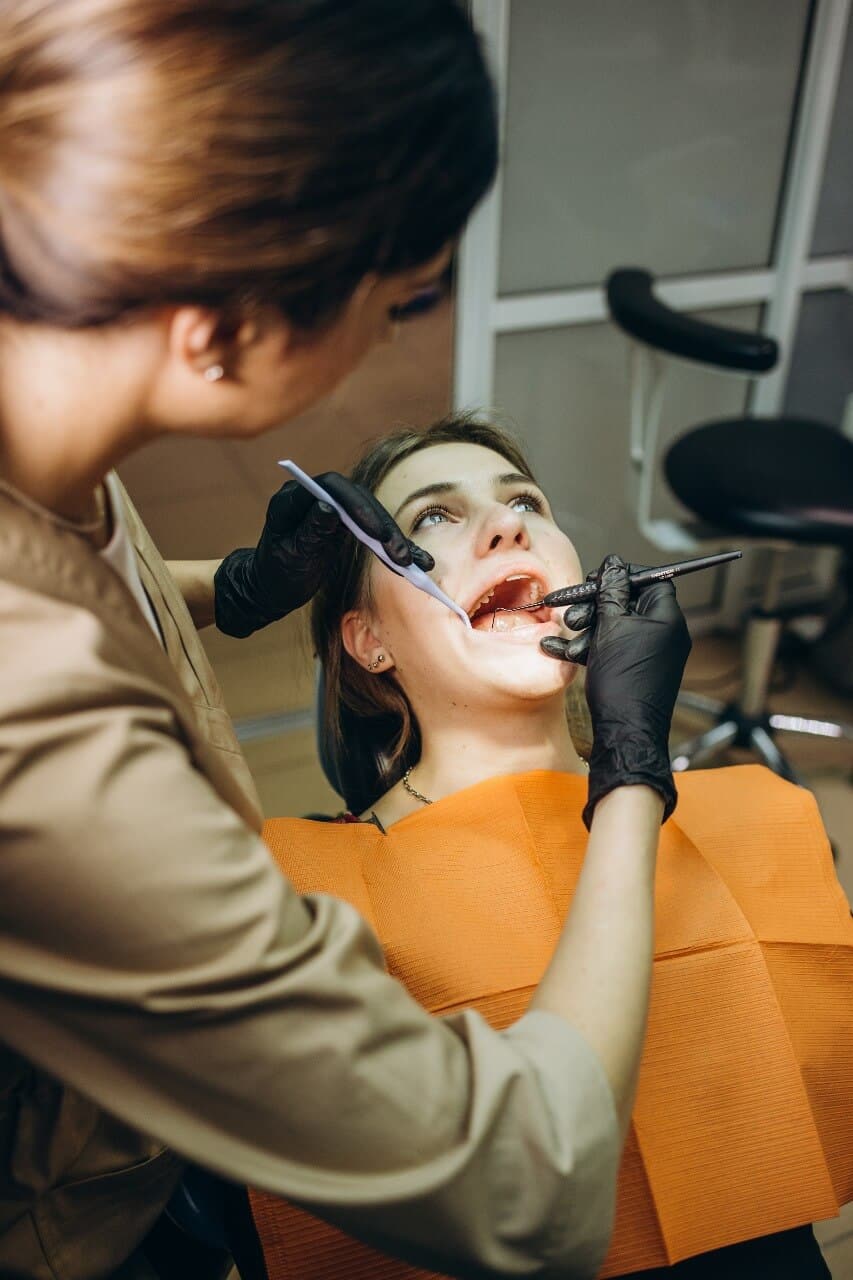
1. Introduction: Why tooth extraction may be necessary and the importance of proper recovery
Tooth extraction is a common dental procedure that involves the removal of a tooth from its socket in the jawbone. While the thought of having a tooth extracted may seem daunting, it is sometimes necessary to maintain oral health and prevent further complications.
There are several reasons why tooth extraction may be necessary. One common reason is severe tooth decay or damage that cannot be repaired with a filling or crown. In such cases, extraction may be the best option to prevent infection from spreading to surrounding teeth and gums.
Additionally, overcrowding of teeth can also necessitate tooth extraction. This occurs when there is not enough space in the jaw to accommodate all the teeth, leading to misalignment and potential oral health issues. Orthodontic treatments, such as braces, may require the extraction of one or more teeth to create enough space for alignment.
Proper recovery after tooth extraction is crucial for minimizing pain, reducing the risk of complications, and promoting healing. The extraction site will require time to heal and close up, so it is essential to follow the aftercare instructions provided by your dentist.
During the recovery period, it is important to maintain good oral hygiene by gently brushing the remaining teeth and avoiding the extraction site. Rinsing your mouth with saltwater can help reduce swelling and promote healing. It is also advisable to eat soft foods and avoid hot or cold beverages to prevent irritation of the extraction site.
Pain and discomfort are common after a tooth extraction, but your dentist may prescribe pain medication or recommend over-the-counter pain relievers to alleviate any discomfort. Applying an ice pack to the affected area can also help reduce swelling and relieve pain.
By following the proper recovery guidelines and taking care of your oral health, you can speed up the healing process and ensure a smooth transition after tooth extraction. Remember, it is crucial to consult with your dentist for personalized advice and guidance throughout the recovery period.

2. Preparing for the tooth extraction procedure: What to do before the appointment
Preparing for a tooth extraction procedure is essential to ensure a smooth and successful experience. By taking a few necessary steps before your appointment, you can alleviate anxiety, minimize discomfort, and help speed up your recovery process.
First and foremost, it is crucial to communicate with your dentist or oral surgeon about any pre-existing medical conditions, medications you are currently taking, or any allergies you may have. This information will allow them to tailor the procedure and anesthesia specifically to your needs.
In the days leading up to the extraction, it is advisable to maintain a good oral hygiene routine. Make sure to brush your teeth thoroughly twice a day and floss daily to remove any plaque or food particles that could potentially cause infection or complications following the extraction. Using an antiseptic mouthwash can also help reduce the amount of bacteria in your mouth.
Additionally, it is important to follow any specific dietary instructions provided by your dentist or oral surgeon. They may recommend avoiding certain foods or beverages, especially those that are hard, sticky, or require excessive chewing. Opting for softer foods and liquids can help prevent any unnecessary strain on the extraction site.
On the day of the appointment, it is essential to arrange for someone to accompany you to and from the dental office, especially if you will be under the influence of anesthesia. Having a trusted friend or family member by your side can provide comfort and assistance during the process.
Lastly, wearing comfortable and loose-fitting clothing is advisable, as it can help you feel more at ease during the procedure. Avoiding tight collars or clothing that may restrict your movement or breathing will contribute to a more relaxed and comfortable experience.
By following these pre-extraction preparations, you can help ensure a successful tooth extraction procedure and set the stage for a speedy recovery. Remember, open communication with your dental professional and proper care before your appointment are key to a positive outcome.
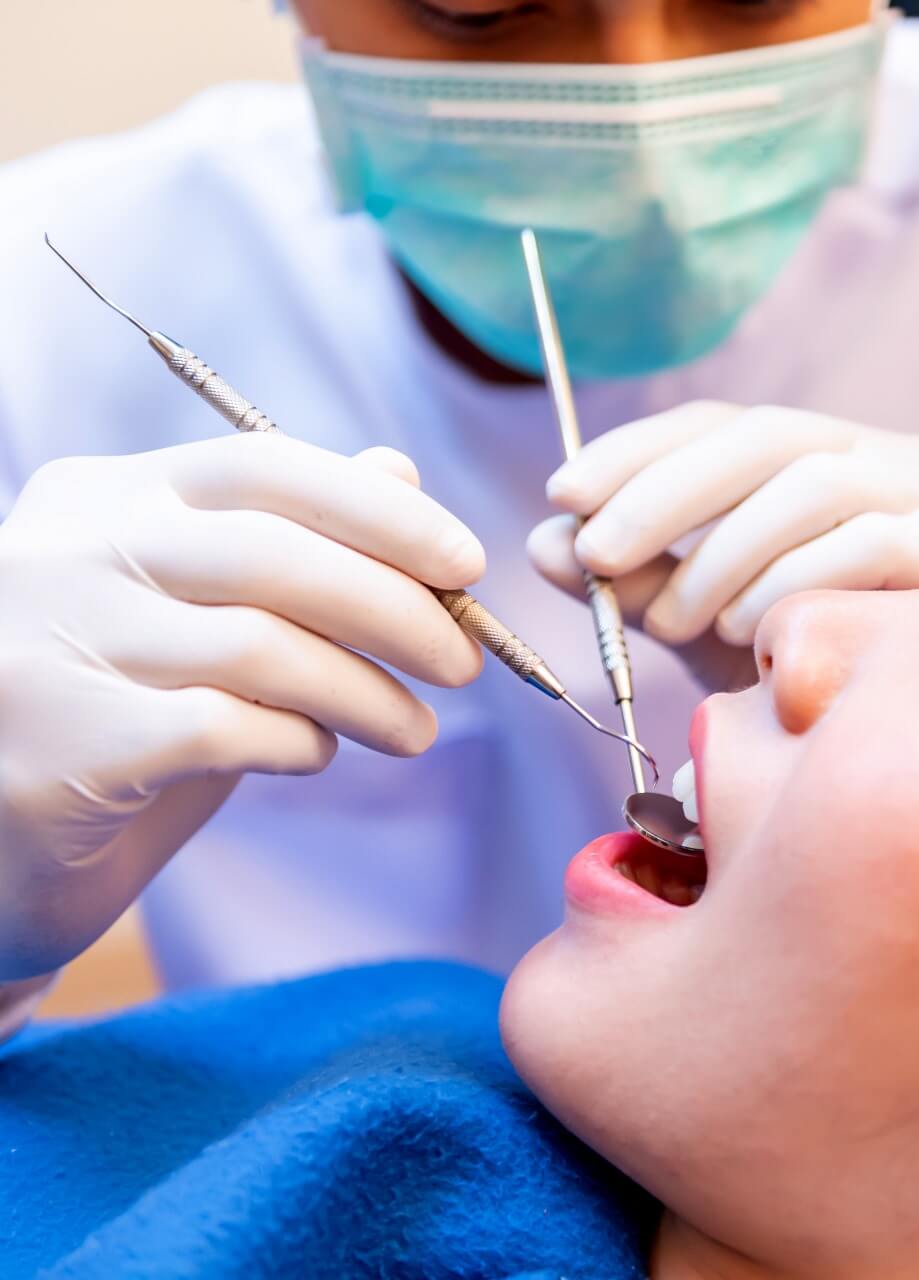
3. The tooth extraction process: Step-by-step explanation of what to expect during the procedure
The tooth extraction process can seem daunting, but understanding what to expect can help ease any anxieties. Here is a step-by-step explanation of what to expect during the procedure:
1. Anesthesia: Before the extraction, your dentist will numb the area around the tooth using local anesthesia. This will ensure that you don’t feel any pain during the procedure.
2. Tooth Loosening: Once the area is numb, your dentist will use specialized tools to loosen the tooth from its socket. This may involve rocking the tooth back and forth or applying gentle pressure.
3. Extraction: After the tooth is sufficiently loosened, your dentist will use forceps to carefully remove it from the socket. You may feel some pressure during this step, but you should not experience any pain.
4. Socket Cleaning: After the tooth is removed, your dentist will clean the socket to ensure that no debris or infection remains. This may involve irrigation or the placement of a dissolvable material to promote healing.
5. Sutures (if necessary): Depending on the complexity of the extraction, your dentist may choose to close the extraction site with sutures. These stitches will dissolve on their own over time.
6. Post-Extraction Care Instructions: Your dentist will provide you with detailed instructions on how to care for the extraction site. This may include recommendations for pain management, eating soft foods, avoiding strenuous activities, and proper oral hygiene.
It is important to note that every tooth extraction is unique, and the steps involved may vary depending on various factors such as the tooth’s condition and location. Your dentist will discuss the specifics of your extraction with you beforehand to ensure you are fully informed and comfortable throughout the process.
By understanding the step-by-step process of a tooth extraction, you can approach the procedure with a greater sense of ease. Remember to follow your dentist’s post-extraction instructions diligently to promote a speedy and successful recovery.
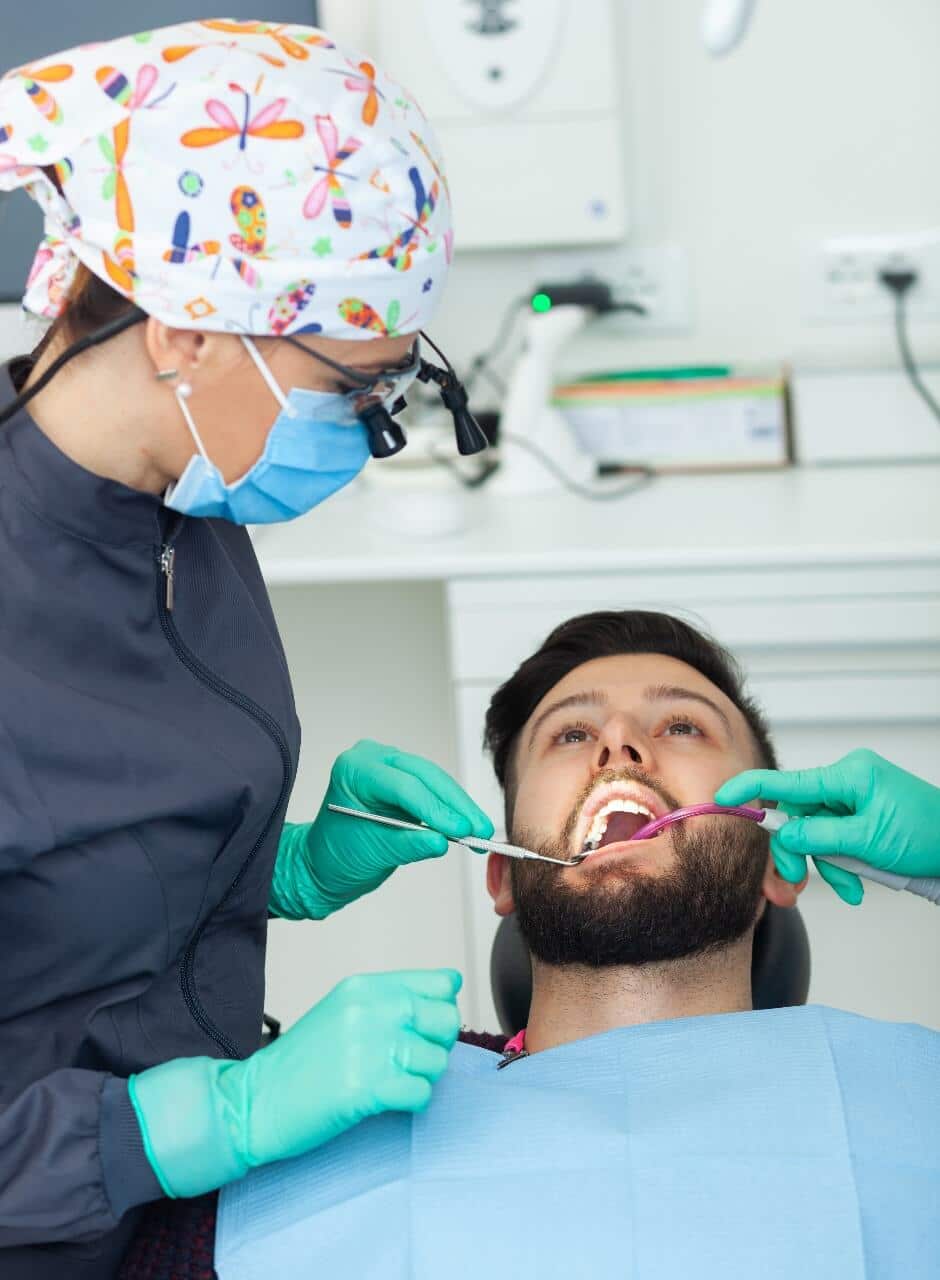
4. Managing pain and discomfort: Tips and techniques for pain management after tooth extraction
After a tooth extraction, it is common to experience some pain and discomfort. However, there are several tips and techniques that can help manage and alleviate this discomfort, allowing for a faster and smoother recovery process.
1. Follow post-operative instructions: Your dentist or oral surgeon will provide you with specific instructions to follow after the tooth extraction. These instructions may include taking prescribed pain medications, using ice packs, and avoiding certain foods or activities. It is crucial to adhere to these instructions as they are designed to minimize pain and promote healing.
2. Apply ice packs: Applying ice packs to the affected area can help reduce swelling and numb the area, providing temporary relief from pain. Wrap an ice pack in a thin cloth and apply it to your cheek near the extraction site for about 15 minutes at a time. Remember to take breaks between applications to prevent skin damage.
3. Take pain medications as directed: Your dentist may prescribe pain medications to manage post-extraction pain. It is important to take these medications as directed and not exceed the recommended dosage. Over-the-counter pain relievers, such as ibuprofen, may also be effective in reducing pain and inflammation. However, consult with your dentist before taking any additional medications.
4. Avoid strenuous activities: Engaging in strenuous activities can increase blood flow to the extraction site, potentially causing more pain and delaying the healing process. It is advisable to avoid activities such as heavy lifting, vigorous exercise, or bending over for the first few days after the extraction. Rest and allow your body to recover.
5. Maintain good oral hygiene: Keeping your mouth clean is essential for preventing infection and promoting healing. However, be gentle when brushing and flossing around the extraction site to avoid dislodging the blood clot that forms in the empty socket. Rinse your mouth with warm saltwater after meals to keep the area clean and reduce bacteria.
6. Stick to a soft diet: For the first few days after the extraction, opt for soft and easily chewable foods. Avoid hot or spicy foods, as they can irritate the extraction site. Opt for cool, soothing foods like yogurt, smoothies, mashed potatoes, or soups. Gradually introduce solid foods back into your diet as advised by your dentist.
Remember, every individual’s pain tolerance and recovery process may vary. If you experience severe or prolonged pain, excessive bleeding, or any other concerning symptoms, it is crucial to contact your dentist or oral surgeon immediately for further evaluation and guidance. By following these pain management tips and techniques, you can help ensure a smoother and more comfortable recovery after tooth extraction.
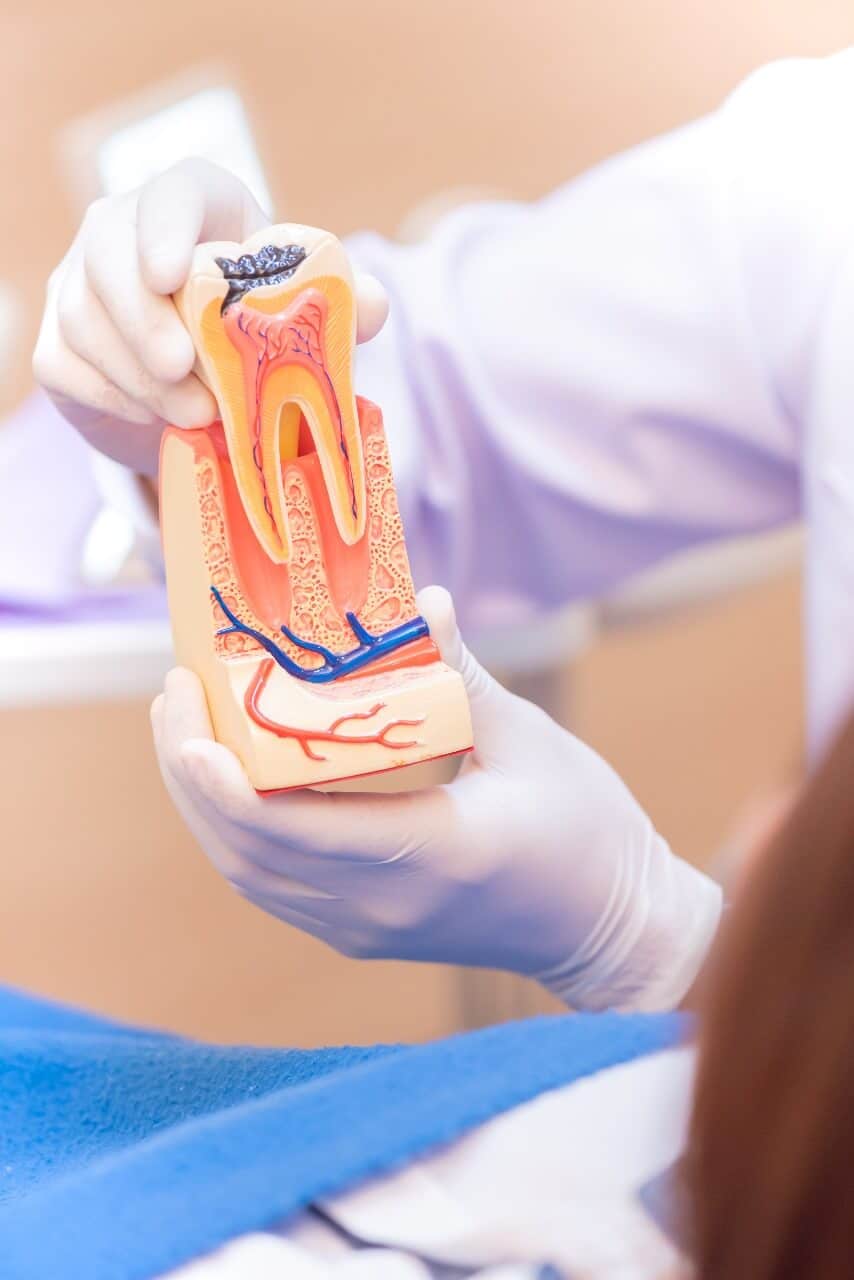
5. Post-extraction care instructions: Dos and don'ts for a speedy recovery
After you’ve undergone a tooth extraction, proper post-extraction care is crucial for a speedy and smooth recovery. Following the right instructions will not only help alleviate discomfort but also reduce the risk of complications. Here are some dos and don’ts to keep in mind:
Dos:
1. Bite on the gauze pad: After the extraction, your dentist will place a gauze pad over the extraction site. Keep gentle pressure on it by biting down to control bleeding and promote blood clot formation.
2. Rest and take it easy: Avoid any strenuous activities for the first 24 hours to allow your body to heal properly. Resting will also minimize the chances of dislodging the blood clot.
3. Apply ice packs: Swelling is a common post-extraction symptom. Applying ice packs to the outside of your face in the affected area for 10-minute intervals can help reduce swelling and discomfort.
4. Take prescribed medications: Your dentist may prescribe painkillers or antibiotics to manage pain and prevent infection. Take them as directed, following the recommended dosage and timing.
5. Maintain oral hygiene: Gently brush your teeth, avoiding the extraction site, to keep your mouth clean. Rinse with a saltwater solution (half a teaspoon of salt dissolved in a cup of warm water) after 24 hours to aid healing.
Don’ts:
1. Avoid rinsing or spitting forcefully: For the first 24 hours, avoid rinsing your mouth or spitting forcefully, as it can dislodge the blood clot and hinder proper healing.
2. Skip the straw and smoking: Refrain from using straws or smoking, as the suction can disrupt the blood clot and delay healing.
3. Avoid hard and sticky foods: Stick to a soft-food diet for the first few days after extraction. Avoid chewing on the extraction site to prevent irritation or damage.
4. Don’t touch the extraction site: Keep your fingers and tongue away from the extraction site to avoid introducing bacteria and causing infection.
5. Skip alcohol and hot beverages: Alcohol and hot beverages can interfere with the healing process and cause irritation. Opt for cool or room temperature liquids instead.
By following these post-extraction care instructions, you can promote healing, minimize discomfort, and ensure a smoother recovery process. However, it’s essential to consult your dentist for specific instructions tailored to your individual needs.
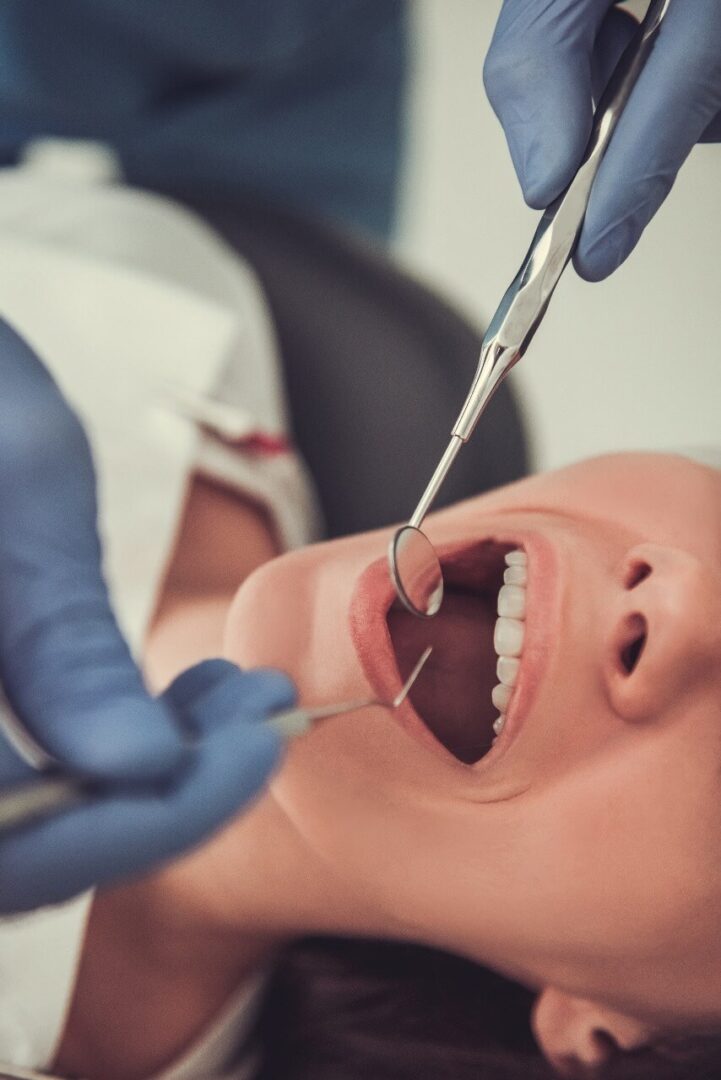
6. Foods to eat and avoid: Nutritional guidance for promoting healing and minimizing discomfort
Proper nutrition plays a crucial role in the healing process after a tooth extraction. Eating the right foods and avoiding certain ones can help promote faster recovery and minimize discomfort.
First and foremost, it’s important to prioritize soft and easy-to-chew foods in the initial days following the tooth extraction. Opt for options such as mashed potatoes, yogurt, smoothies, scrambled eggs, and soups. These foods are not only gentle on the extraction site but also provide essential nutrients to support your body’s healing process. Additionally, incorporating protein-rich foods like fish, chicken, and tofu can aid in tissue repair and rebuilding.
While it may be tempting to indulge in comfort foods or satisfy cravings, it’s crucial to avoid certain types of foods that can impede the healing process and cause discomfort. Avoid consuming hard and crunchy foods, such as chips, nuts, and popcorn, as they can irritate the extraction site and potentially dislodge the blood clot, leading to a condition called dry socket. Acidic and spicy foods should also be avoided as they can cause irritation or a burning sensation in the sensitive area.
In addition to being mindful of what you eat, staying hydrated is essential for a speedy recovery. Drink plenty of water and avoid carbonated beverages, caffeine, and alcohol, as they can hinder the healing process.
Remember, every individual’s healing process may vary, so it’s important to follow your dentist’s instructions and listen to your body. If you experience any prolonged pain, discomfort, or unusual symptoms, consult your dentist for further guidance. By adhering to a nutritious diet and avoiding potential irritants, you can support your body’s healing process and expedite your recovery after a tooth extraction.
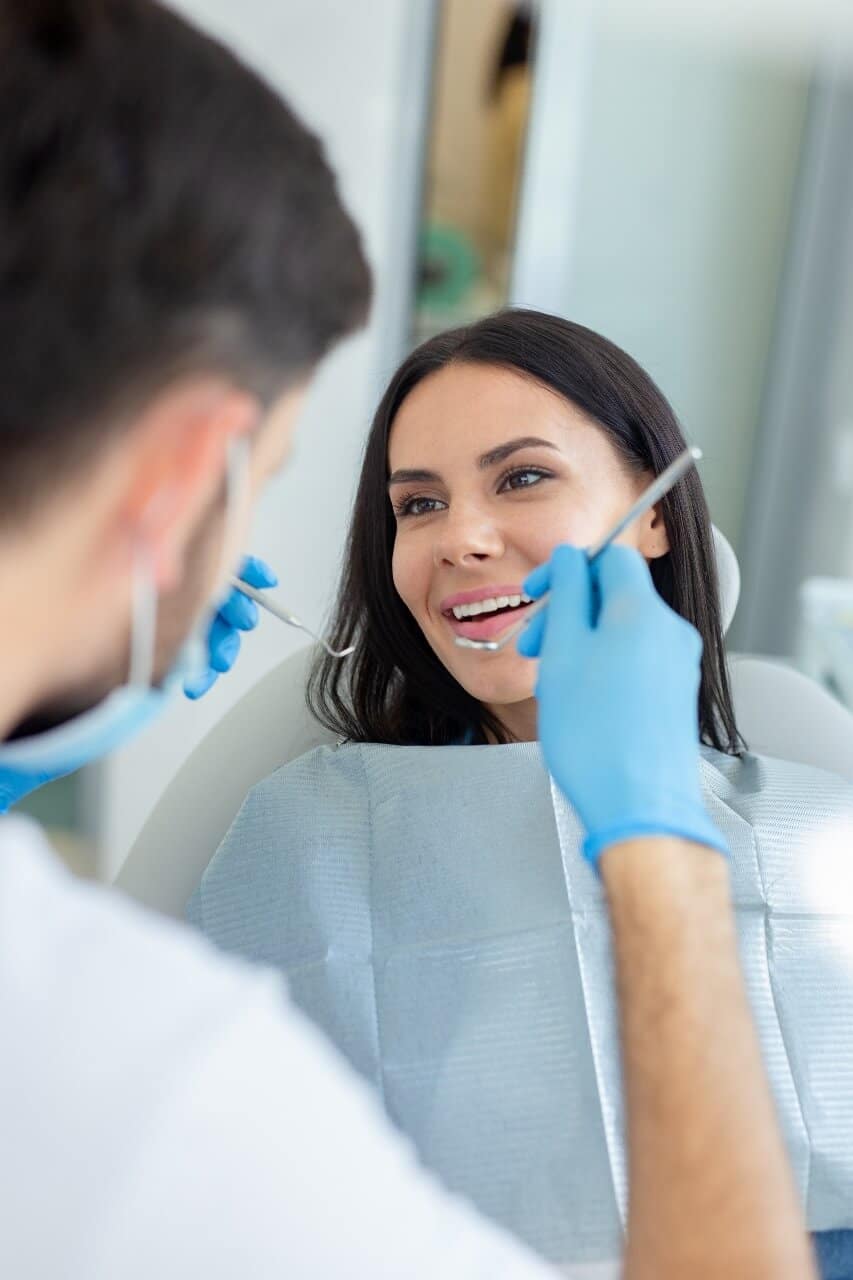
7. Potential complications and how to handle them: Common issues that may arise and when to seek professional help
While tooth extraction is generally a safe and routine procedure, there are potential complications that can arise during the recovery period. It’s important to be aware of these issues and know when to seek professional help.
One common complication is dry socket, which occurs when the blood clot that forms after extraction is dislodged or dissolves prematurely. This can result in intense pain and delay the healing process. To prevent dry socket, it’s crucial to avoid smoking, using straws, or engaging in any activity that creates suction in the mouth. If you experience severe pain or notice an empty socket, it’s essential to contact your dentist or oral surgeon for evaluation and appropriate treatment.
Infections can also occur after tooth extraction. Signs of infection include excessive swelling, fever, persistent pain, and discharge from the extraction site. If you suspect an infection, it’s vital to seek professional help promptly. Your dentist may prescribe antibiotics to combat the infection and prevent further complications.
Another potential issue is excessive bleeding. Some bleeding is normal immediately after the extraction, but if it continues for an extended period or becomes heavy, it could indicate a problem. Applying gentle pressure to the extraction site with a clean gauze pad or tea bag can help control the bleeding. However, if the bleeding persists or worsens, it’s crucial to contact your dentist for further guidance.
Nerve damage is a rare but possible complication of tooth extraction. If you experience numbness, tingling, or a loss of sensation in your lips, tongue, or chin after the procedure, it could indicate nerve damage. Contact your dentist promptly to evaluate the situation and determine the best course of action.
Remember, these complications are relatively uncommon, and most tooth extractions proceed smoothly without any issues. However, being aware of potential complications and knowing when to seek professional help can help ensure a smooth recovery process and minimize any complications that may arise.
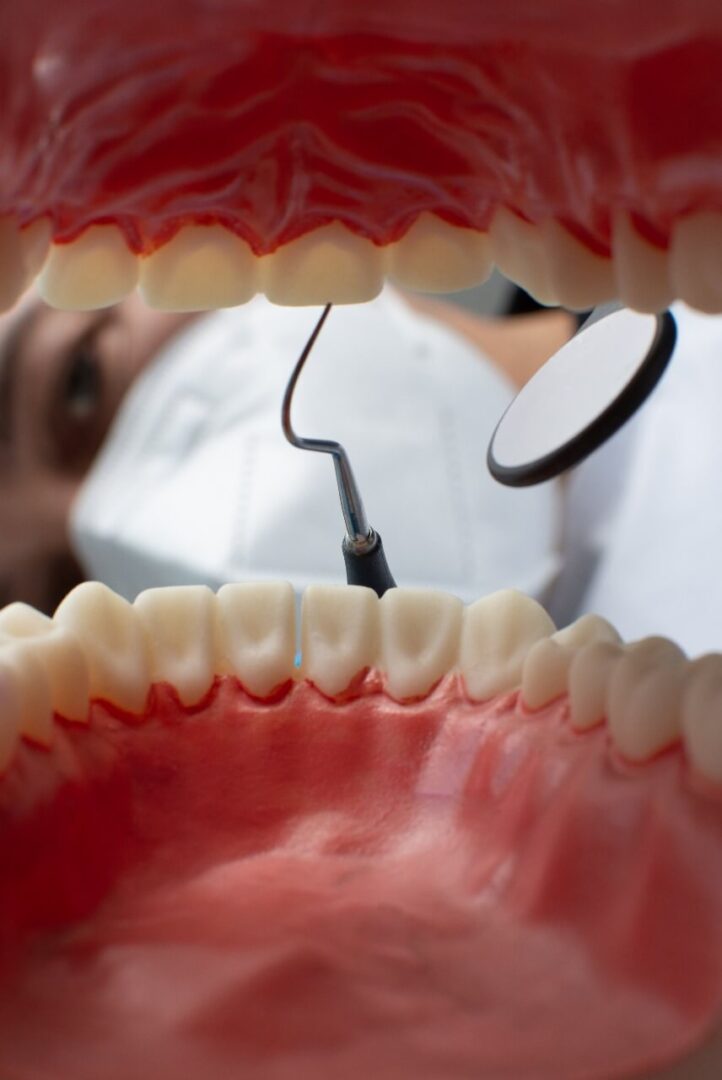
8. Speeding up recovery: Exercises, remedies, and habits to accelerate the healing process
After undergoing a tooth extraction, it is normal to experience some discomfort and swelling. However, there are several exercises, remedies, and habits that can help speed up the recovery process and alleviate any post-extraction discomfort.
One effective exercise to promote healing is rinsing your mouth with warm saltwater multiple times a day. This helps cleanse the area and reduces the risk of infection. Additionally, gently massaging the surrounding areas with clean fingers can improve blood circulation, which aids in faster healing.
In terms of remedies, applying a cold compress to the outside of your cheek near the extraction site can help reduce swelling and alleviate pain. Just be sure to use a thin cloth or towel to protect your skin from direct contact with the cold compress.
Maintaining good oral hygiene is crucial during the recovery period. However, it is important to be gentle when brushing and flossing near the extraction site to avoid dislodging the blood clot and causing further complications. Using a soft-bristled toothbrush and a non-alcoholic mouthwash can help keep the area clean without irritating it.
Another helpful habit to accelerate healing is to avoid smoking or using tobacco products. Smoking can impair blood circulation, leading to delayed healing and an increased risk of infection. It is best to abstain from smoking until you have fully recovered.
Lastly, following your dentist’s instructions regarding diet and medication is essential for a speedy recovery. Stick to soft foods that are easy to chew and avoid consuming anything too hot or too cold, as extreme temperatures can aggravate the extraction site. Taking prescribed pain medication and antibiotics as directed will help manage any discomfort and prevent infection.
By incorporating these exercises, remedies, and habits into your post-extraction routine, you can speed up the recovery process and ensure a smoother healing experience. Remember to consult your dentist if you have any concerns or experience prolonged or excessive pain, swelling, or bleeding after the extraction.
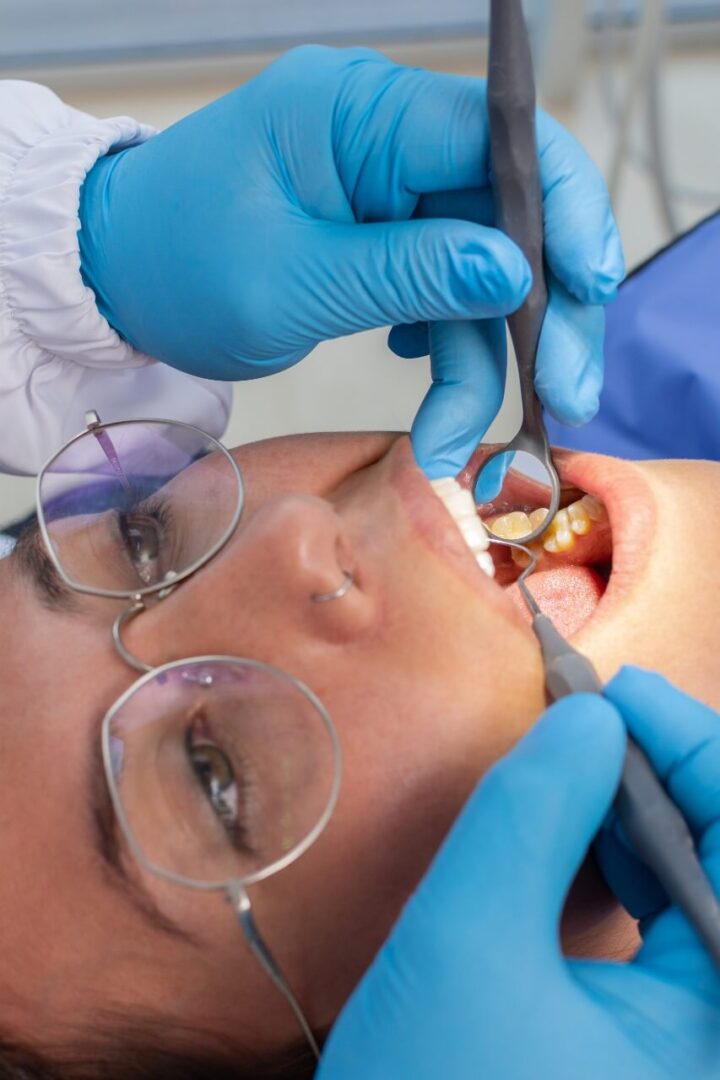
9. Oral hygiene after tooth extraction: Proper care for the extraction site and surrounding areas
After a tooth extraction, proper care and maintenance of the extraction site and surrounding areas are crucial for a speedy recovery. It’s essential to maintain good oral hygiene to prevent any complications and facilitate the healing process.
Immediately after the extraction, your dentist or oral surgeon will provide you with specific instructions on how to care for the extraction site. This typically includes biting down on a clean gauze pad to control bleeding and promote blood clot formation. It’s important to follow these instructions diligently to minimize the risk of infection and other complications.
For the first 24 hours after the extraction, avoid rinsing your mouth, spitting forcefully, or using a straw, as these actions can dislodge the blood clot and slow down the healing process. However, after the first day, gentle rinsing with warm saltwater can help keep the area clean. Mix half a teaspoon of salt in a cup of warm water and swish it around your mouth for about 30 seconds before spitting it out. Repeat this rinse several times a day, especially after meals.
Be cautious when brushing your teeth near the extraction site. Use a soft-bristled toothbrush and gently clean the surrounding teeth, being careful to avoid the extraction site itself. This will help maintain oral hygiene while minimizing irritation or damage to the healing area. It’s also recommended to avoid using mouthwash or any other alcohol-containing products that can potentially delay the healing process.
To reduce swelling and discomfort, you can apply an ice pack or a cold compress to the affected area for the first 24 hours. After that, you can switch to warm compresses to promote blood circulation and accelerate healing. Over-the-counter pain relievers, as recommended by your dentist, can also help manage any post-extraction pain or discomfort.
Maintaining a balanced diet is crucial for healing and recovery. Stick to softer foods and avoid hot, spicy, or hard foods that can irritate the extraction site. Incorporate nutritious foods that are easy to chew, such as soups, yogurt, mashed potatoes, and smoothies. Remember to stay hydrated by drinking plenty of water, but avoid using a straw.
During the healing process, it’s essential to attend any follow-up appointments scheduled by your dentist or oral surgeon. They will assess the progress of your recovery and provide additional guidance based on your specific situation.
By following these post-extraction care instructions, you can ensure proper healing, minimize the risk of complications, and speed up the recovery process. Remember, if you experience severe pain, excessive bleeding, or any concerning symptoms, contact your dentist or oral surgeon immediately for further evaluation and guidance.
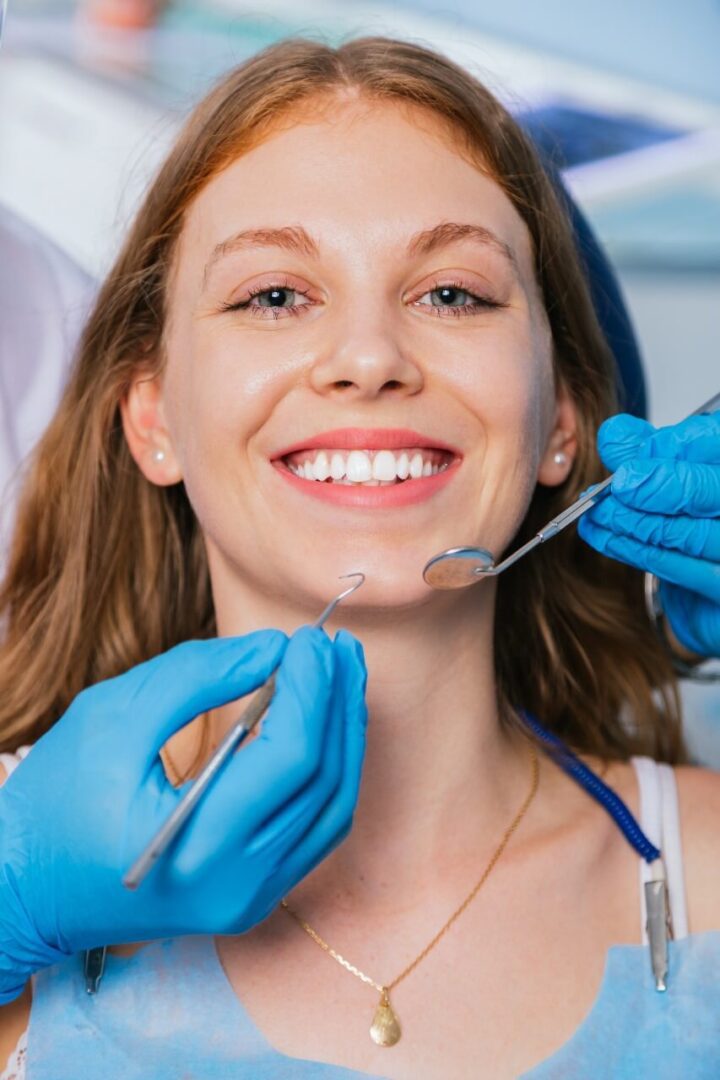
10. Frequently asked questions about tooth extraction
Tooth extraction is a common dental procedure that many people may have questions about. Here are some frequently asked questions about tooth extraction to help you gain a better understanding:
1. Why is tooth extraction necessary?
Tooth extraction may be necessary for various reasons. Some common reasons include severe tooth decay, gum disease, overcrowding, impacted wisdom teeth, or to prepare for orthodontic treatment.
2. Is tooth extraction painful?
The extraction procedure itself is typically performed under local anesthesia, so you won’t feel any pain during the process. However, you may experience some discomfort or soreness after the anesthesia wears off. Your dentist will provide you with post-operative instructions and may prescribe pain medication to manage any discomfort.
3. How long does the tooth extraction procedure take?
The duration of the tooth extraction procedure depends on various factors, such as the complexity of the case and the number of teeth being extracted. Simple extractions usually take a few minutes, while more complex or surgical extractions may take longer.
4. What can I expect after a tooth extraction?
After the extraction, you may experience some swelling, bleeding, and mild discomfort. It is essential to follow your dentist’s instructions for post-operative care, which may include applying ice packs, taking prescribed medications, eating soft foods, and avoiding strenuous activities. It is normal to experience some discomfort for a few days, but it should gradually improve.
5. How long does it take to recover from a tooth extraction?
The recovery time can vary from person to person and depends on the complexity of the extraction. Generally, it takes about a week to recover fully. During this time, the extraction site will heal, and any discomfort or swelling should gradually subside.
6. Are there any risks or complications associated with tooth extraction?
While tooth extraction is a routine procedure, there are potential risks and complications, although they are rare. These may include infection, dry socket (a condition where the blood clot at the extraction site dislodges or dissolves), nerve damage, or damage to neighboring teeth. Your dentist will discuss these potential risks and take necessary precautions to minimize them.
If you have any concerns or questions about tooth extraction, it is always best to consult with your dentist. They will evaluate your specific situation and provide you with personalized advice and guidance to ensure a smooth and successful tooth extraction process.
We hope you found our blog post on tooth extraction helpful and informative. Going through a tooth extraction can be a daunting experience, but knowing what to expect and how to speed up recovery can make the process much easier. By following the tips and advice outlined in this article, you can ensure a smoother and faster recovery period. Remember to take it easy, follow your dentist’s instructions, and prioritize good oral hygiene during this time. We wish you a speedy recovery and a healthy, pain-free smile!
